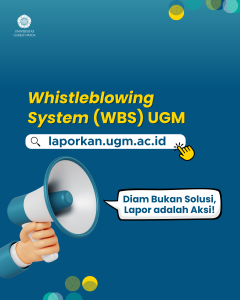Dry Mouth Syndrome, or xerostomia, is a condition where the salivary glands fail to produce enough saliva. Its causes vary, including medication side effects, aging, or medical conditions such as diabetes and Sjögren's syndrome. Beyond causing discomfort, this condition significantly affects oral and dental health.
Saliva plays a crucial role in maintaining oral health. In addition to aiding digestion, it acts as a natural protector, cleaning food debris and inhibiting bacterial growth. When saliva production decreases, the risk of tooth decay and gum disease increases. Plaque adheres more easily to tooth surfaces, while gum tissues become more prone to infection.
A recent innovation developed by lecturers from the Faculty of Dentistry, Universitas Gadjah Mada (FKG UGM) presents a promising solution for managing dry mouth syndrome. They have utilized protein from catfishas a bioactive ingredient to stimulate saliva production and provide protective effects on sensitive oral tissues. This natural-based approach is not only innovative but also highly relevant for widespread application, especially in countries with abundant natural resources like Indonesia.
The symptoms of dry mouth go beyond just a dry sensation; they include difficulty swallowing, speaking, and an increased risk of bad breath. Over time, this syndrome can significantly affect a person’s quality of life. Thus, early management is essential through measures such as drinking water regularly, chewing sugar-free gum, and using oral moisturizers. However, with FKG UGM’s innovation, patients now have a more effective and science-based solution to address their condition.
Proper understanding and management of dry mouth syndrome not only protect oral health but also enhance overall quality of life. Innovations like those developed at FKG UGM pave the way for a more holistic and sustainable approach to care. This initiative also supports the Sustainable Development Goals (SDGs), particularly Goals 3 (Good Health and Well-being) and 4 (Quality Education).
Author: Rizky B. Hendrawan | Photo: Freepik



